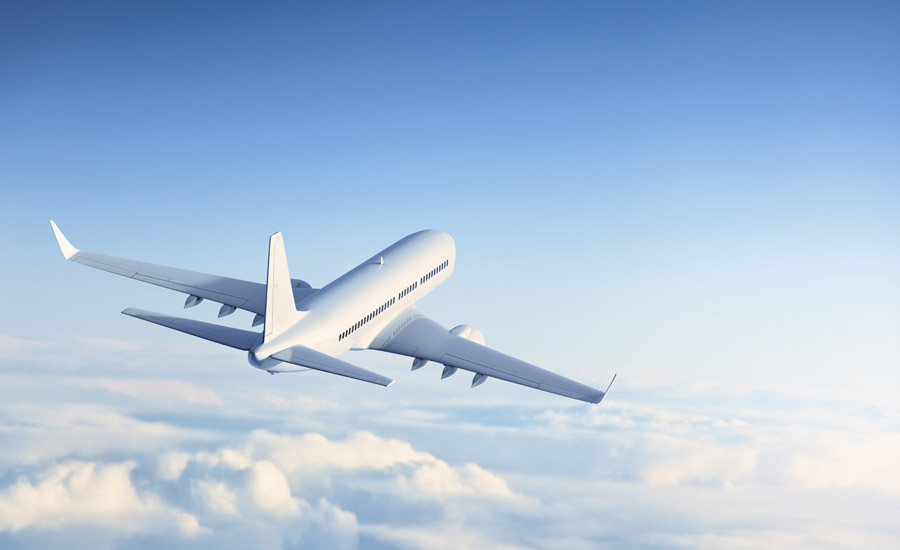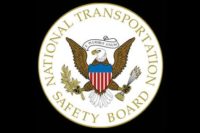Are these dangerous items in the cargo of the plane you’re flying on?

The National Transportation Safety Board (NTSB) issued two safety recommendations Tuesday to physically separate lithium batteries from other flammable hazardous materials stowed on cargo aircraft and to establish maximum loading density requirements that restrict the quantities of lithium batteries and flammable hazardous materials.
Lessons from a plane crash
These safety recommendations, addressed to the Pipeline and Hazardous Materials Safety Administration, are derived from the investigation of the July 28, 2011, in-flight fire and crash of Asiana Airlines Flight 991 in international waters about 80 miles west of Jeju International Airport. The NTSB participated in the investigation, headed by the Republic of Korea’s Aviation and Railway Accident Investigation Board.
Lithium batteries carried as cargo can be:
• A fire and explosion ignition source.
• A source of fuel to an existing fire.
• Subjected to overheating that can create an explosive condition.
Urged to take action
“The National Transportation Safety Board urges the Pipeline and Hazardous Materials Safety Administration to take action on these safety recommendations to reduce the likelihood and severity of potential cargo fires and to provide additional time for the crew to safely land a cargo aircraft in the event a fire is detected,” said NTSB Chairman Christopher A. Hart.
PHMSA generally cannot issue regulations or enforce requirements for the safe transportation of lithium cells and batteries that are more restrictive than international regulations. But Congress has given PHMSA authority to do so if it finds credible evidence of a deficiency in the international regulations that has substantially contributed to the start or spread of an on-board fire. The NTSB strongly believes the circumstances and findings in the Asiana Flight 991 accident show the need for new cargo segregation and loading density requirements.
The recommendations may be viewed online at http://www.ntsb.gov/safety/safety-recs/RecLetters/A-16-001-002.pdf
Looking for a reprint of this article?
From high-res PDFs to custom plaques, order your copy today!






